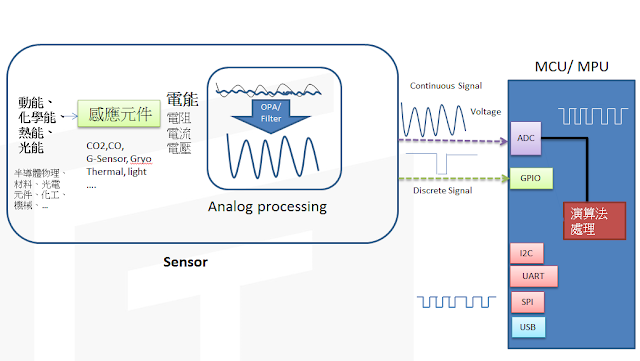1) 下載 putty key-generator
2)在 windows 上 ,用
PuTTYgen: puttygen.exe 產生一對public/private key pair
2) 在SSH server (Raspberry Pi):
將public key 的內容, 全部貼在該使用者 HOME目錄的
~/.ssh/authorized_keys這個檔案內
mkdir -p ~/.ssh
nano ~/.ssh/authorized_keys
ssh-rsa AAAAB3NzaC1yc2EAAAABJQAAAQEArL7fz7+mbNQGTeE5MkcRn57o+mADnC8XA1CPUwTcSGOichlt3KSHyuMJbt2OQOv1lsI44jMnBbA6D5sEff1CWE7FDRizqZeG9Hrc5EioAs26y4/Tv1Mcj7bN182SrUlHEn5UJNGvjGEq3QVtE7C57EDbCZeiWIMuOQo3mizUsRxmCeMrwveK2pYPqmzsKHelFY82ZC/APJtkscSrmYm5NTG4Lxe18mXdT52QaP6gGMVq5O9R5201mfSuuxP5SEqlUO4UGjxAygaRBDV4qYL6cP3k1qcm4AeXGA4dEyy9CbjX/PzxOFYcV35W9phypFIPZW99a7X5HgC/BQ7mOsWXPw==
rsa-key-20160911
== 後面的
rsa-key-20160911是一個自訂字串, 當你貼很多個public key讓你可以知道這個所貼上的public key的來源或產生日期等資訊
3) SSH client (Windows)
在 putty 內設定,在Auth SSH, 指定剛儲存下來的private key檔案 (
Save private key), 再次登入使用該user 去Login , 就不用再輸入密碼了
用putty登入時, 就只要輸入linux 登入帳號,不必再輸入密碼了
3) 若有多個帳號想要使用同一組public/private key, 可以複製一組成功的到其他帳號home目錄下
例如, 複製student到 root
cp -a /home/student/.ssh /root
chown -R root.root /root/.ssh #.shh底下檔案的擁用者要全部改成登入者
下載
提醒:
使用SSH登登入, 只須輸入帳號,不用再輸入密碼了, 登入的帳號,必須是系統有的帳立的帳號(add user)且被允許使用SSH連入系統
例如, 原本就有設定 禁止 root 的登入, 那要修改 /etc/ssh/sshd_config, 使得 root 以遠端連線的方式登入, 找到 PermitRootLogin , 並修改如下
PermitRootLogin yes
----------------------------------------------------------------------------
Note:
停用密碼認證的登入方式,只允許金鑰認證,可以修改 /etc/ssh/sshd_config ,
PasswordAuthentication no
PubkeyAuthentication yes
# 更改後須再重新啓動SSH server
sudo service ssh restart



















